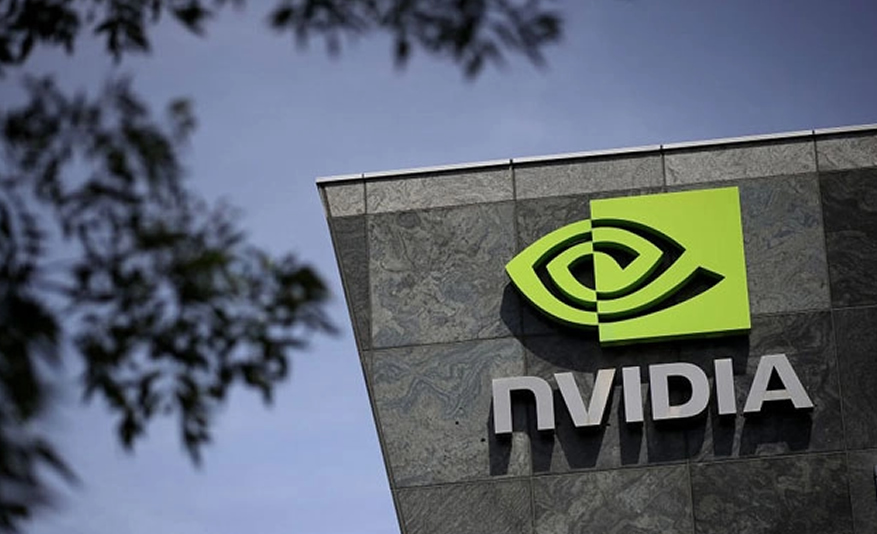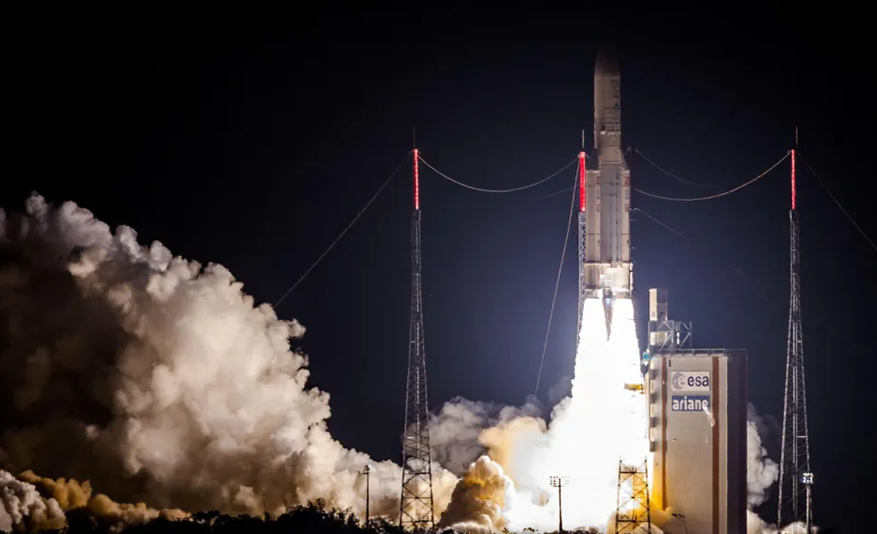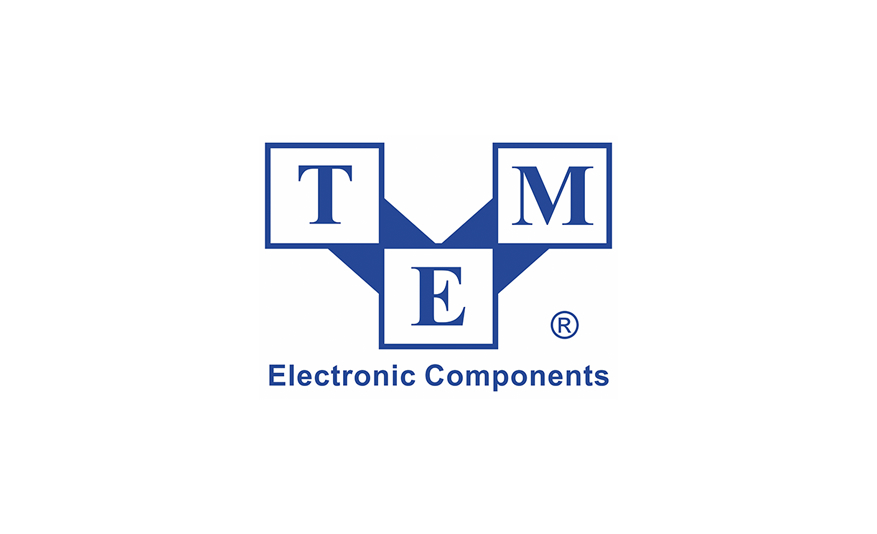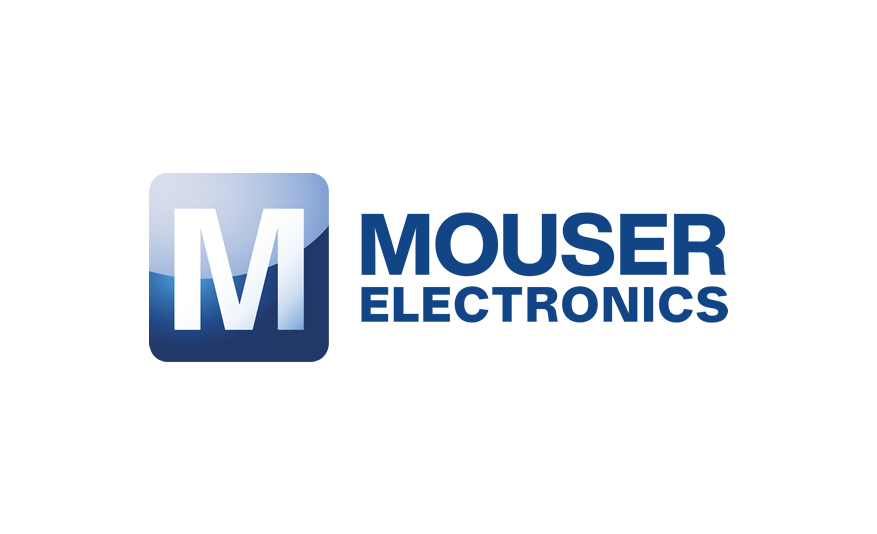Chip manufacturers Intel and Taiwan Semiconductor Manufacturing Company drive unprecedented demand for Helium extraction & mining

The global helium mining sector faces intensifying pressure to increase production as semiconductor manufacturers expand operations across multiple territories.
Helium extraction, which occurs primarily through separation from natural gas deposits, requires specialist processing facilities to isolate the element from other gases during the mining process.
Qatar leads global helium production through its North Field operation, while the United States extracts significant quantities from natural gas fields in Texas, Kansas, and Oklahoma.
The current market structure sees major industrial gas companies, including Air Products and Air Liquide, operating the processing and distribution networks that connect helium miners with end users
Mining companies extract helium at concentrations between 0.3% and 7% of natural gas content, depending on the geological characteristics of each specific field.
The process involves cooling natural gas to temperatures below -269°C, the point at which helium liquefies, allowing for separation from other elements.
Demand for mined helium in semiconductor manufacturing centres on cooling applications, where the element's thermal conductivity makes it essential for temperature management during chip production.

Semiconductors boost demand for helium
The semiconductor manufacturing sector's expansion presents significant opportunities for helium miners, with Taiwan Semiconductor Manufacturing Company, which produces microchips for multiple global brands, constructing three new production facilities in Arizona.
Intel Corporation, which manufactures electronic components, plans investments of US$100bn over five years to increase its manufacturing capacity across multiple US states.
These developments form part of the US CHIPS Act, a government programme which has allocated US$30bn in incentives for domestic semiconductor production.
Helium market reshaping mining operations
Qatar's state-owned petroleum company QatarEnergy maintains its position as the leading helium producer through the North Field facility, which processes gas from the world's largest non-associated natural gas field.
Russia aims to increase production through new processing facilities at sites in Eastern Siberia, though geopolitical factors may impact international market access.
US production continues from the Federal Helium Reserve in Texas, managed by the Bureau of Land Management, a government agency responsible for administering federal lands and subsurface mineral rights.
Helium mining tech rapidly advancing
The technological requirements for helium extraction continue to evolve, with mining companies investing in advanced gas separation and purification systems.
Current extraction methods achieve recovery rates of 50% to 70% of available helium content, presenting opportunities for technological improvements in mining efficiency.
Processing facilities require significant capital investment, with new plants typically costing between US$10m and US$50m depending on capacity and location.
Dr Shababa Selim, Technology Analyst at IDTechEx, a technology market research company, states: "The semiconductor industry will increasingly need to consider helium management solutions such as helium recycling and reclamation technologies to future-proof the industry's sustainable growth."














































